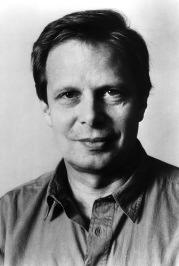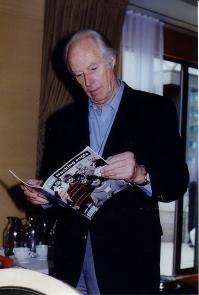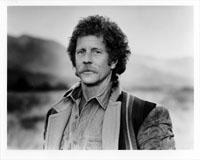|
Jul 31, 2003
|
Aug 31, 2003
|
Aug 31, 2004
|
Aug 31, 2004
|
Sep 30, 2004
|
Sep 30, 2004












